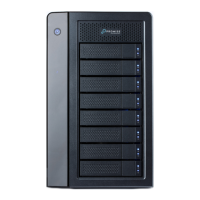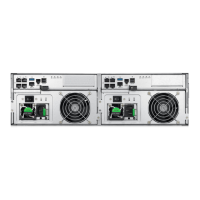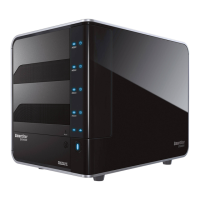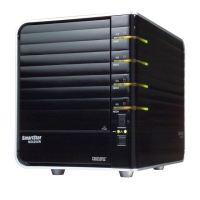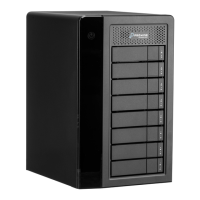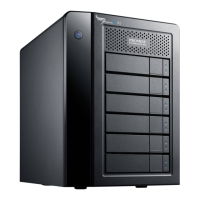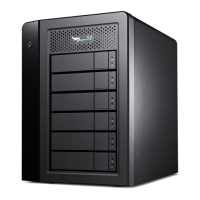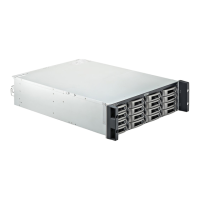
Do you have a question about the Promise Technology VTRAK E610f and is the answer not in the manual?
| Model | VTRAK E610f |
|---|---|
| Number of Drive Bays | 16 |
| Supported Drive Types | SAS, SATA |
| RAID Levels | 0, 1, 5, 6, 10, 50, 60 |
| Storage Type | SAN |
| Connectivity | Fibre Channel |
| Host Interface | 8Gb Fibre Channel |
| Power Supply | Redundant |
| Cache Memory | 4GB |
| Host Connectivity | Dual 8Gb Fibre Channel |
Provides a general understanding of the product's purpose and capabilities.
Highlights key functionalities and advantages for users.
Details technical characteristics crucial for compatibility and setup.
Core component of storage setup.
Establishes communication paths for data and management.
Fundamental step for system operation.
Initial access method for system configuration.
Setting up the primary web-based management interface.
Fundamental storage configuration step.
Accessing the primary graphical management interface.
Securing and controlling access to the system.
Monitoring and configuring the system's core controllers.
Monitoring and managing the physical chassis components.
Monitoring and managing individual disk drives.
Configuring and managing RAID arrays.
Configuring and managing usable storage volumes.
Establishing initial communication via command line.
Core subsystem configuration via CLU.
Managing hardware controllers via CLU.
Managing disk drives via CLU.
Configuring and managing RAID arrays via CLU.
Configuring and managing storage volumes via CLU.
Essential for system updates and security.
Critical hardware component replacement procedure.
Maintenance for data protection in cache.
Critical hardware replacement for redundancy.
Foundational concepts for storage array functionality.
Critical decision for performance and redundancy.
Key feature for fault tolerance and rebuilds.
Diagnosing audible alarms for immediate attention.
Interpreting visual indicators of hardware issues.
Diagnosing major storage failures.
Troubleshooting issues with individual disk drives.
Diagnosing and resolving controller issues.
Troubleshooting network and physical connectivity.
Resolving access issues to the management interface.
Essential for obtaining assistance and information.
User information regarding product coverage.
Instructions for system expansion.
Software setup for Windows multipathing.
Confirming correct multipathing software installation.
Managing and monitoring multipathing configuration in Windows.
Prerequisites for Linux multipathing.
Configuration steps for Linux multipathing.
Initial host setup for Linux multipathing.
Setting up devices for Linux multipathing.
Creating and mounting partitions for multipathing.
